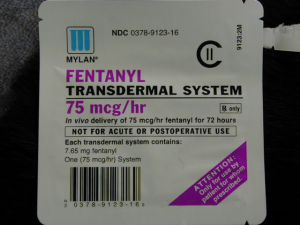Removing marijuana from drug test panels the new trend?
It’s no secret that employers would like to reduce the amount of friction associated with dealing employees who test positive for drug use. For every post-hire employee who tests positive, there’s a chain-reaction of events that generally occur. Theres the initial confrontation which can be quite unpleasant. It’s not entirely uncommon for substance abusers to deny use, claim bias or threaten lawsuits. The employer then has to adjust work schedules or re-assign other employees to cover for the temporary or permanent loss of the employee – even potentially hiring replacements. Then there’s the paperwork for documenting the incident and referral to the EAP program or substance abuse provider and all the follow-up that might need to occur to bring the employee back to duty if they successfully complete the SAP’s follow-up testing plan.
So it’s not surprising that employer’s might look take advantage of recent state legislation and changing public perception when it comes to the most abused illegal drug in the workplace – marijuana.
According a quote in The Aspen Times, by Barry Sample, the director of science and technology for Quest Diagnostics, employers may be beginning to remove marijuana from workplace drug testing panels.
For some companies, removing marijuana is not an option. All federal DOT drug testing programs are required by federal law to test for a specific drug panel (currently including marijuana), however for general drug free workplace programs there is a lot more flexibility. A private, non-federally regulated employer can modify their drug testing policy to reflect what works for their company.
It will be interesting to see how employers choose to test in the near future as more and more states legalize marijuana for both medical and recreational purposes. If employers opt to make a change, they should consult their legal counsel, update their drug policy and educate their employees prior to calling the lab to delete marijuana from their testing panels.
AtHandTraining provides online DOT reasonable suspicion supervisor training and other drug free workplace employee education courses.



